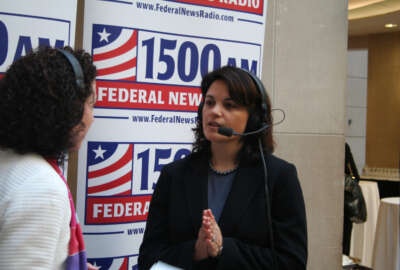
Many retirees paying way too much for insurance
The health insurance hunting season ends Monday. Senior Correspondent Mike Causey has found a free information source you can use from home or the office.
When it comes to shopping for health plans, most federal and postal retirees don’t. Many don’t want to leave the comfort zone of the plan they’ve been in for years. Also, because they are retired and not in an office environment, it is tougher for lots of retirees to get good information on health plan changes and costs. All good reasons to stay put. Yet …
Retirees, above all others, should be hunting for the best health plan deal during the current open season. It closes next Monday. One reason shopping around is so important is that many retirees have Medicare Parts A and B. In that case, there are certain plans that give them the most bang (in this case, more complete coverage) for their premium buck.
Most federal and postal retirees are thought to be in Blue Cross- Blue Shield plan. It has two options: The “standard” option and the “basic” option. One, the standard, costs a lot more than the other. Next year, feds and retirees in the standard option’s new self-plus-one option will pay $6,010 in premiums while those in the self-plus one basic option will pay $4,180. Health insurance expert Walton Francis says the benefits are very similar in t he two plans, but the premiums aren’t. In part because so many retirees are in the standard option and their health care costs (even with Medicare) are higher than younger workers.
Anyone considering switching from the standard to the basic should be sure that his or her primary physician is part of the network. One difference between the two popular Blues’ plans is that standard permits people to go out of their network. The basic doesn’t.
So with little time left to shop, what should retirees be doing?
Here’s a shortcut that should make hunting less painful for active duty feds, or retirees. And its free and at your fingertips:
The December issue of NARFE Magazine has an excellent section on all the health plan choices for both active and retired federal workers. In easy-to-read fashion, the magazine goes in detail into the changes that are being made in the fee-for-service (national) plans for 2016. And it has a monthly what-you’ll-pay premium guide. And detailed information on coverage for both people who don’t have Medicare, and the best plans for those with Medicare Part A and/or Part B.
Normally, the NARFE magazine is only for NARFE members, which makes sense. But NARFE has agreed to open up its magazine this month for nonmembers. All you have to do is click here and start shopping.
So good luck to you. And many thanks to NARFE for allowing nonmembers a peak at their magazine. And maybe see what they are missing.
Nearly Useless Factoid
By Michael O’Connell
The “union suit” type of one-piece long underwear originated in Utica, New York. Beginning as 19th-century women’s wear, the underwear was part of the clothing reform effort designed to make clothes less constricting.
Source: Wikipedia
Copyright © 2025 Federal News Network. All rights reserved. This website is not intended for users located within the European Economic Area.
Mike Causey is senior correspondent for Federal News Network and writes his daily Federal Report column on federal employees’ pay, benefits and retirement.
Follow @mcauseyWFED






